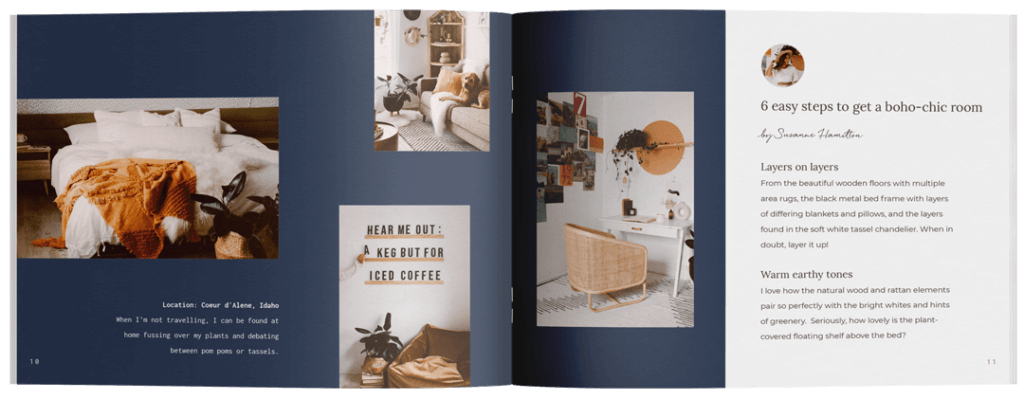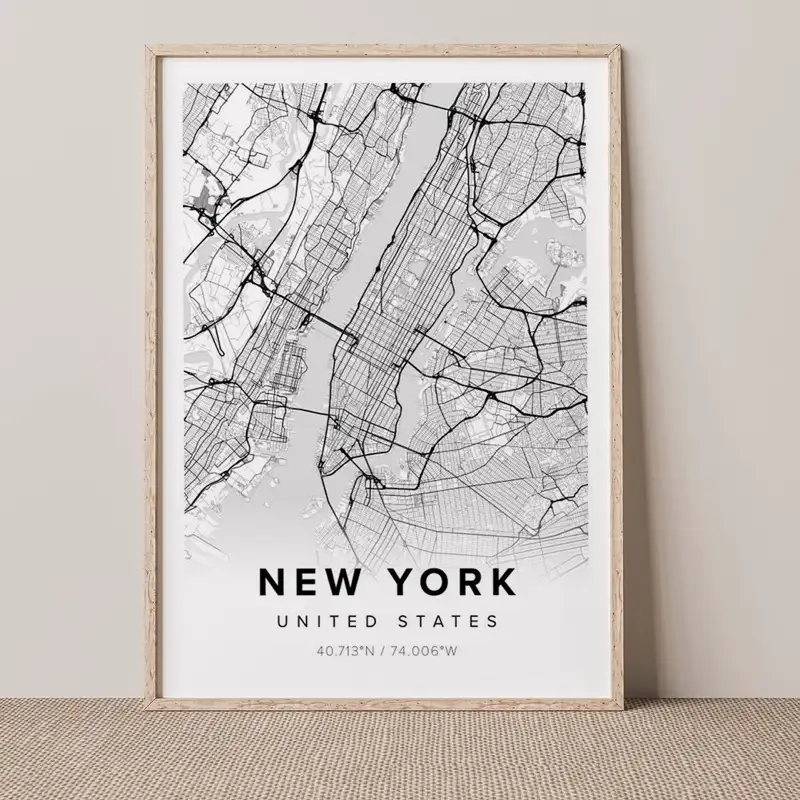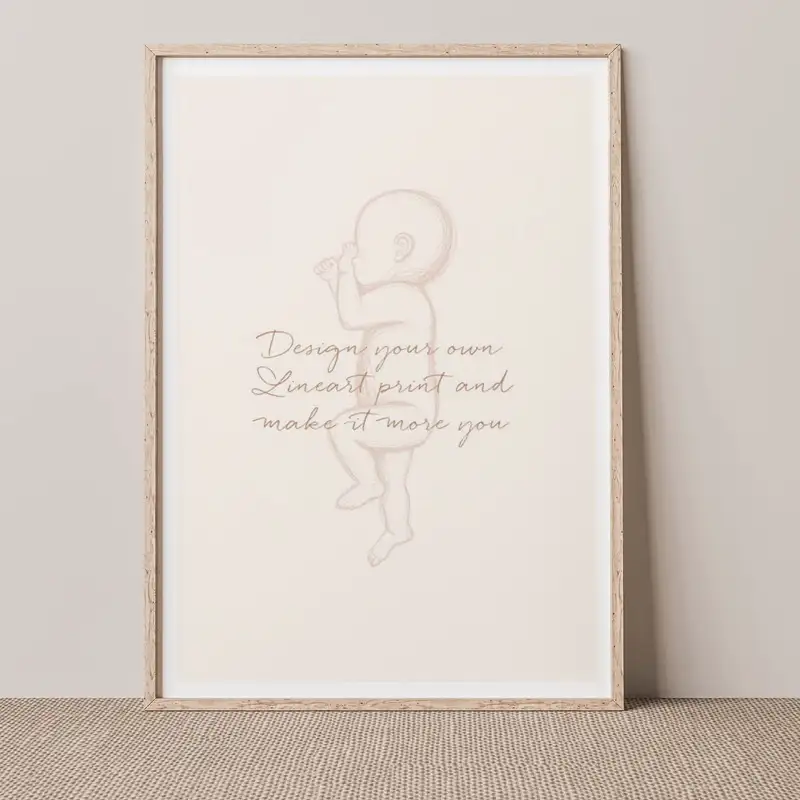Design • 14 mai, 2023 • 8 min lesning
4 Sensory Room Ideas For Kids With Autism
Providing your child with a sensory room will support their sensory needs and create a comfortable and safe atmosphere. Try these four ideas for your child's room, and most importantly, involve them in the process too.
Av Edvin BrobeckHow To Create A Sensory Room For Your Child
Sensory rooms are often used for children with sensory processing disorder but mostly for children with autism and are, luckily, becoming more common to have in schools, airports and malls! Providing your child with a sensory room will support their sensory needs, help them stay calm, and improve their emotional regulation which can significantly reduce disruptive behavior! Children with autism grow very fond of sensory rooms as they feel that this is their safe space, where they can explore and learn on their own terms.
IDEA ONE
Sensory Room Lighting

Children with autism love learning through visual inputs, however, this can often be overwhelming even for them. Certain types of light such as fluorescent, halogen and flashing lights can be problematic and disturbing for children with autism. You’ll want to make sure to keep lights dim in your sensory room and to provide your child with subtle visuals such as pastel colors, bubble columns, lava lamps and water fountains.
A popular and autism-friendly lighting idea is the use of projectors. Whether your child needs more visual stimulation or simply feels calm by looking at his favorite animal or place, a projector can create stunning effects and will help your child focus and stay in the present.
IDEA TWO

Sensory Room Walls & Toys
Your sensory bedroom won’t be complete without those calming wall decorations! Try creating collages out of pictures, shapes and materials to create the ideal sensory bedroom wall. This will help your child feel a sense of calm and comfort. Check out some of these simple, yet effective, DIY sensory wall ideas and spend a day creating customizable décor with your child to ensure they get exactly what they want. Another popular sensory room wall décor idea are world maps – look into purchasing a Mapiful world map as well as some pins to locate continents and countries all over the world! With this, you will have created a lovely wall on a budget while meeting your child’s sensory needs!
IDEA THREE
Seating & Movement

Choosing the right sensory atmosphere for your child to relax, play games or eat is extremely important! Incorporating the right kind of seats for your child to simply do nothing can have a great impact on their day to day behavior. Swings are one of the most popular seat types for children with autism as they are captivating and stimulating for their vestibular sense.
Not only will a swing help in your child’s development of balance and motor skills but can be a soothing and calming experience, when standing still or doing nothing makes them anxious.
IDEA FOUR
Sensory Room Bed & Sleep

Heavy blankets are often meant to provide a deeper sleep experience, but for children with autism it helps them feel comforted and safe. These blankets will also allow your child to sleep better and feel a sense of calm when going to bed at night. In terms of the bed itself, some children with autism prefer having their mattress on the floor, some like a small bed, others need more space.
Simply let your child select what helps them feel comfortable rather than overwhelmed and suffocated, after all a good night’s sleep is key for your child’s development! Often you’ll find children’s bedspread to be very colorful and contain patterns and images – this usually makes children with autism very uncomfortable. Opt for a sensory room with muted colors and less patterns.
Final Words on Sensory Rooms
To create your ideal sensory room, make sure to include your child as part of the experience. Letting them choose what they would like their safe space to look like is key, and by doing so you’ll get it right the first time! Although lighting, wall décor, seating and sleep all are crucial factors, sounds can greatly impact your child as well. Make sure to invest in soundproof headphones or walls to create the perfect and ultimate sensory room experience!

Free E-Book:
How To Make Your Home More You
Tired of looking at the same old interior? Sign up and receive this limited edition Mapiful e-book, and discover community tips just like this one that teach you the art of personalizing your space, your way!





